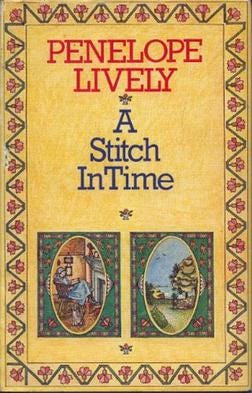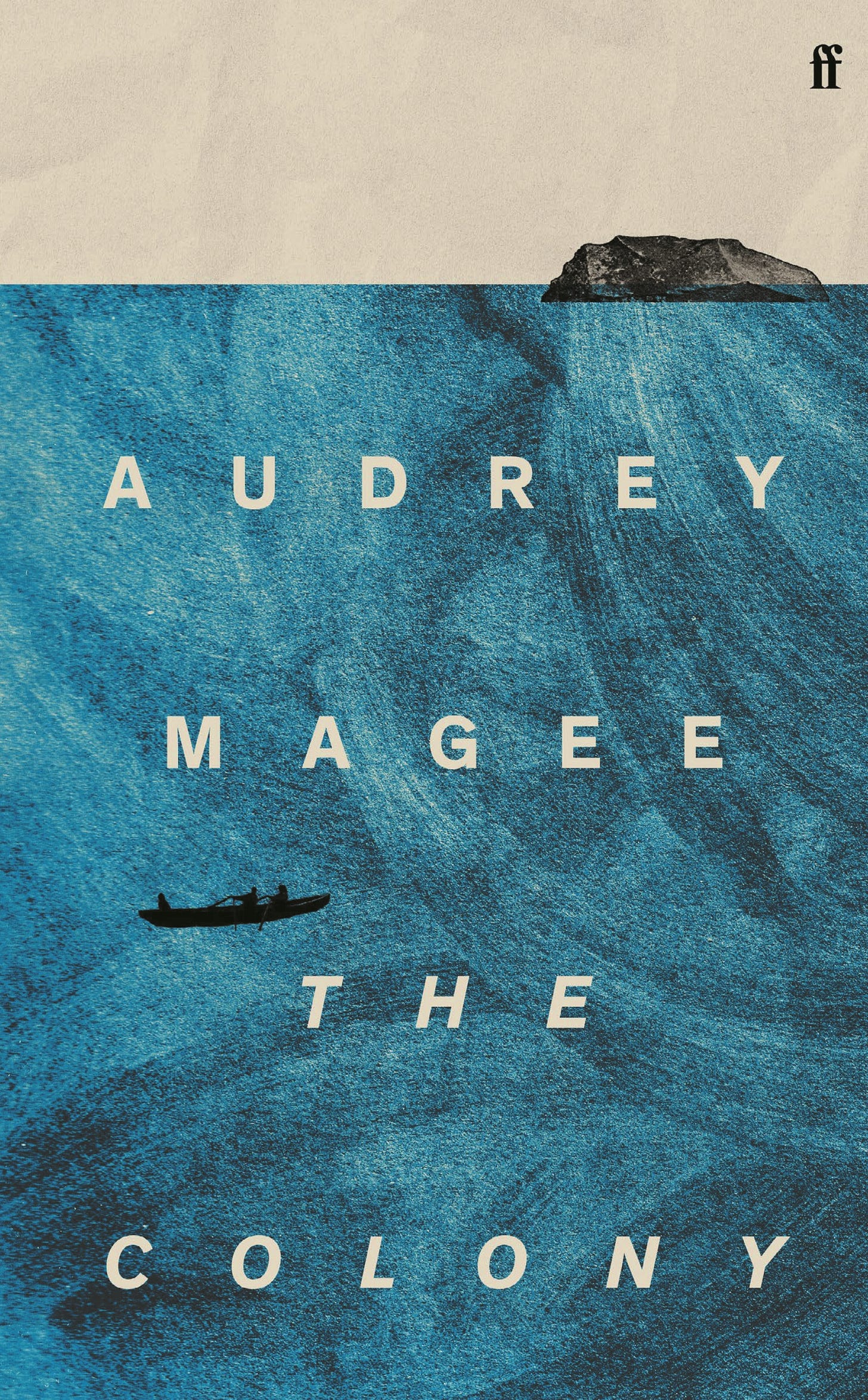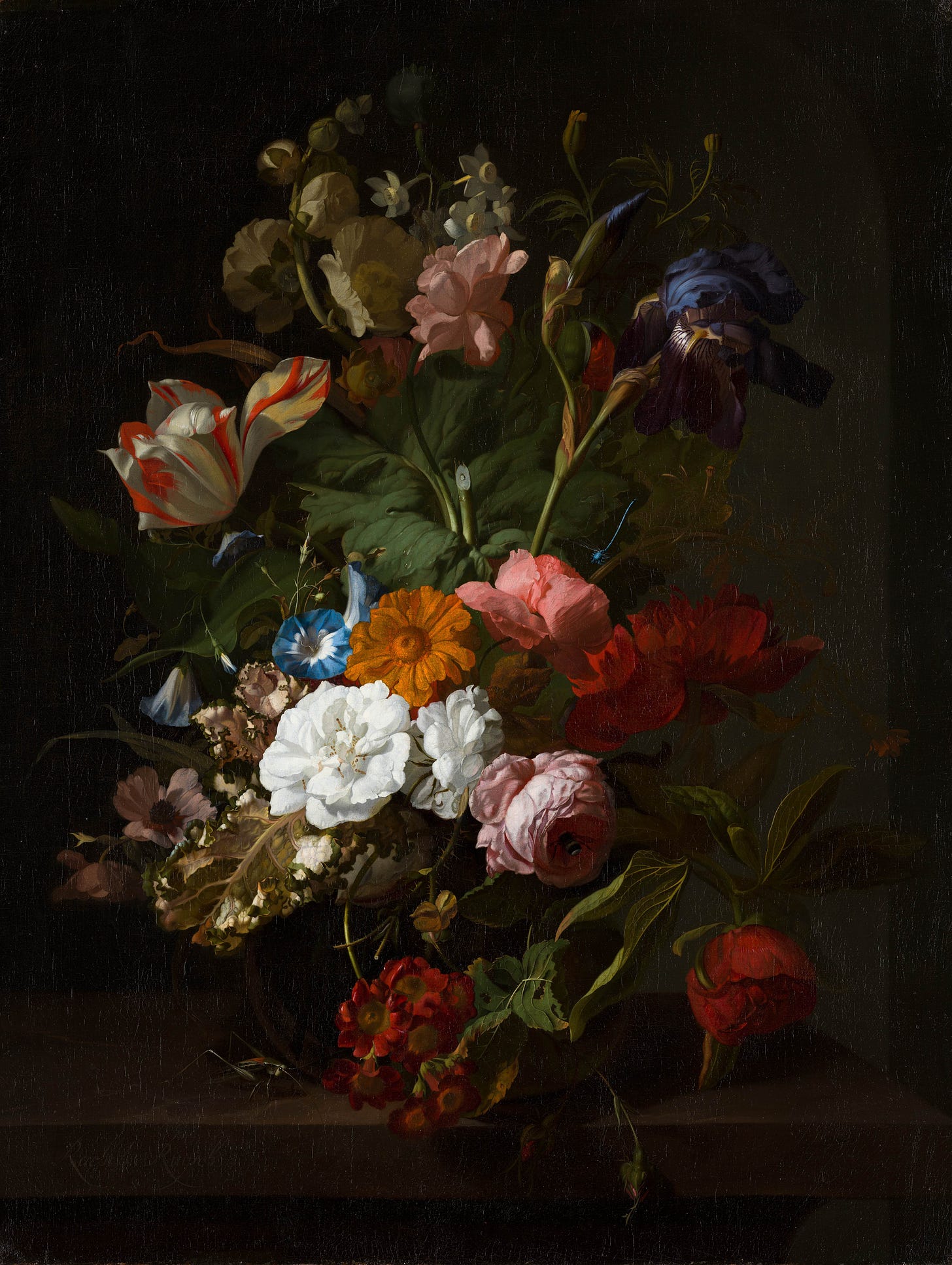It’s March? I’m still struggling with the 2024 sequence and am bamboozled that Easter is near. But I do love the waning light of Autumn and the cool mornings. I’m not ready for the heat of the day to disappear but these handful of weeks are always golden in Wellington.
Given my inability to keep up with time it’s been yet another clutch of months between posts on here. But I’ve been busy! Between my day job as books editor The Spinoff (one of the best job I’ve ever had - thanking my lucky stars daily as the media collapses in this country), my brilliant friend Anne-Marie Te Whiu and I delivered the writers programme for the Aotearoa NZ Festival of the Arts which took place at the end of Feb in the festival’s opening weekend (not the best time for it to be honest - Autumn suits us more, around now, mid-March). It was an interesting festival for me personally: the adrenaline hit was potent. I rode the high for a week after we were done, before I felt the bone-heavy tiredness. I wanted to crawl into a wood and sleep under a tree in a pool of sunlight. It did make me wonder what the years and years of events has done to my body and brain in that way. Such highs and lows. What I loved about the festival was the energy of the people who clustered together to listen and talk (it was our first live Aotearoa festival since 2020). And I loved hosting our international writers - I’d forgotten how much fun it is to show visitors around, see Wellington through their reactions, facilitate connections with our local writers, and make new friends from far flung places.
Now though, I’m desperate for long stretches of calm and brain space. My book is in the proofreading stage and final covers and marketing planning. It’s all so fast, and wonderful, and terrifying! But I’m feeling ready to call myself an author and also ready to finish the first draft of the next book. I have four book ideas and time keeps slipping. All I can do is get to work on one, and then the next, and so on. Is that the way? I don’t even know. What I have learned that finishing a first draft is the most important step: there’s the ground to work from.
Inbetween all the working I have been reading a lot. One book that’s lingered is Brian Dillon’s Affinities: On Art and Fascination. It’s a series of essays that explore visual worlds that lead us into the liminal, or the other side, or someway into the unknown. He talks about photographer Julia Margaret Cameron (Virginia Woolf’s great aunt, and photographer), and many artists I didn’t know, like Diane Arbus and Francesca Woodman; and William Eggleston; and Kikuji Kawada. What I liked about Dillon’s book was the freedom to follow an enthusiasm through to its end. The whole project affirmed my ‘vibes first’ approach but also helped me see patterns in my own reading and art curiosities. Somehow more than simply taste, but affinities: each element extensions and echoes of the one before and after.
So, here is a trail of affinities of my own: books and art and film I’ve loved lately that seem to build on and echo back.
Barbara Comyns (books): If you know, you know. Comyns is the current between-the-wars it girl as more and more discover her startling novels. I have read The Vet’s Daughter, Who Was Changed and Who Was Dead, Our Spoons Came from Woolworths, Sisters by a River, and The House of Dolls. The only one that didn’t leave me in raptures was The House of Dolls which doesn’t have the same steel running through it as the others. For the rest though. What a writer. Comyns’ brilliance is, for me, in the point of view. Her characters are all young women, sometimes children, teenagers, and they have full capacity for noticing the cruel, and the beautiful, and the frivolous, and the ludicrous. They have very little choices in how they live and with who. And so they find small power: in imagination, in noticings, in survival. People are violent in Comyns’ worlds: there is poverty, alcohol abuse, depression, neglect. But there is nature, and there is romance, and there is hope in youth. My favourites were Sisters by the River (autobiographical; told in fragment after deliriously good fragment); Who Was Changed and Who Was Dead (a horror, but polite, English, terrible and funny); and The Vet’s Daughter (just sublime and tragic and surreal and grounded in brutal truths). I can’t wait for the biography of Comyns published this year.
Penelope Lively (books): I’ve finally read A Stitch in Time, set in my beloved seaside town of Lyme Regis. I adored this book. My son is an only child and out of anxiety and resolution about that I’m now drawn to children’s literature about only children. The loneliness narrative always prods me right in the mother-guilt organ; but there’s also the magnificent possibilities of a child moving through their world, imagination in full force, curious, eager (if tentative, like Maria in this story) to make connections with other children. I adored Lively’s prose; so smooth, so attentive to detail but never bogged down with it. I adored the snooty cat; the rambunctious Lucas family; the delicious closing up of time for Maria, in that spooky, private way. I’ve now moved onto The Ghost of Thomas Kempe which is just as brilliant: the way Lively can inhabit a child’s mind is astonishing.
Past Lives (film): I wish this had won more awards! I think Greta Lee was stunning in it. The story bolstered my heart, and broke it, and bolstered it again. The idea of your past lives conducting through your present life interactions enchanted me. It made me think of all the relationships I’ve had, and still have, and when we might have first met, so many lives ago. There, we have another concept of time collapsing. Here is my affinity thread.
Beef (TV): A slow burn for me, at first. My partner lost interest after the first episode but Ali Wong is so compelling I hung in and ended up feeling like this is one of the best TV series I’ve ever seen. The grey of it, the honesty, the surreal and poetic final episodes. The questions of art, and wealth, and rage, and the brain-busting stress of having to be polite and good and as expected. The longevity of one bad decision; the bloody history of money; and the magic of strangers.
The Colony by Audrey McGee: I read this book (one of the many spectacular Irish novels rising to the top) because I’m interviewing the author alongside Claire Keegan (thee Claire Keegan!) next month in Wānaka for the Aspiring Conversations festival. What a novel. It blew me away. It’s about the cost of colonisation: in lives, in language, in those who become a minority. It’s also a deeply felt rumination on academia and art: two things that can take much more than they can give. I cannot wait to speak with McGee and Keegan about telling Ireland’s stories and what that means for them.
The Cazalet Chronicles by Elizabeth Jane Howard: I have never read a series so fast. Five books. Rocketed through them (I read them when I had covid and could do little else, but this was a divine time). The majesty, the ambitious of writing an entire family saga set before, during and after WWII. Howard is a genius at character: the children, the adults, every one of them felt real and complex and unpredictable. The novels focussed on the decline of the aristocracy after the war and the libration of women. They are full of tragedy, and romance, and death, and art and the grind of daily life. Will read again.
The flower paintings of Rachel Ruysch: Thanks to Katy Hessel’s instagram I am now a Ruysch fan and have been spending long stretches of time staring at her astonishing flower paintings and thinking about how the 18th Century Dutch artist had ten children and kept going with her career and sold more paintings in her lifetime than Rembrandt. These incredible women keep stepping out of history to tell me to get on with writing and stop faffing about, wasting precious time.








If i could travel I would be at your Wanaka session in a flash - so love the work of the two novelists and am such a fan of Irish writing. The most compelling combo I have seen so far this year.
Also I love the multiple perspectives, like how she once says that Diana is worried she’s put on too much makeup and then later on you see what she looks like (raddled) to the younger ones